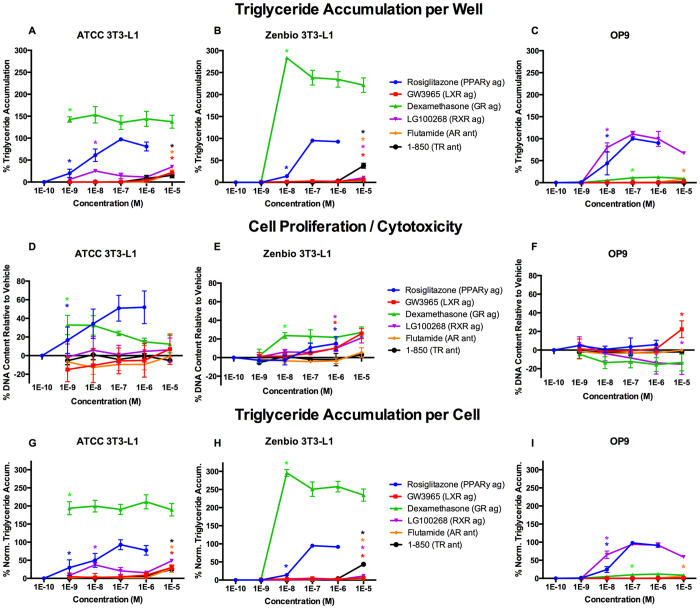Figure 7. Mechanistic Receptor Controls Induce Varied Adipogenic Activities Between Cell Lines.
ATCC 3T3-L1, Zenbio 3T3-L1, and OP9 cells were differentiated as described in Methods and assessed for adipocyte differentiation (Nile Red staining of lipid accumulation) and cell proliferation (Hoechst staining) following seven days (OP9) or ten days (3T3-L1) of treatment with mechanistic receptor control ligands. Percent raw triglyceride accumulation per well relative to maximal rosiglitazone response for rosiglitazone (RSG, PPARγ agonist), GW3965 (liver X receptor, LXR, agonist), dexamethasone (glucocorticoid receptor, GR, agonist), 1–850 (thyroid receptor, TR, antagonist), flutamide (androgen receptor, AR, antagonist), and LG100268 (retinoid X receptor, RXR, agonist) in ATCC 3T3-L1 cells (A), Zenbio 3T3-L1 cells (B), and OP9 cells (C). Increase (cell proliferation) or decrease (potential cytotoxicity) in DNA content relative to vehicle control for test chemicals in ATCC 3T3-L1 cells (D), Zenbio 3T3-L1 cells (E), and OP9 cells (F). Percent normalized triglyceride accumulation per cell (normalized to DNA content) for test chemicals in ATCC 3T3-L1 cells (G), Zenbio 3T3-L1 cells (H), and OP9 cells (I). Responses are provided as relative activity to maximal rosiglitazone. Data presented as mean ± SE from three independent experiments. *Indicates lowest concentration with significant increase in triglyceride over vehicle control, p < 0.05, as per linear mixed model in SAS 9.4.

